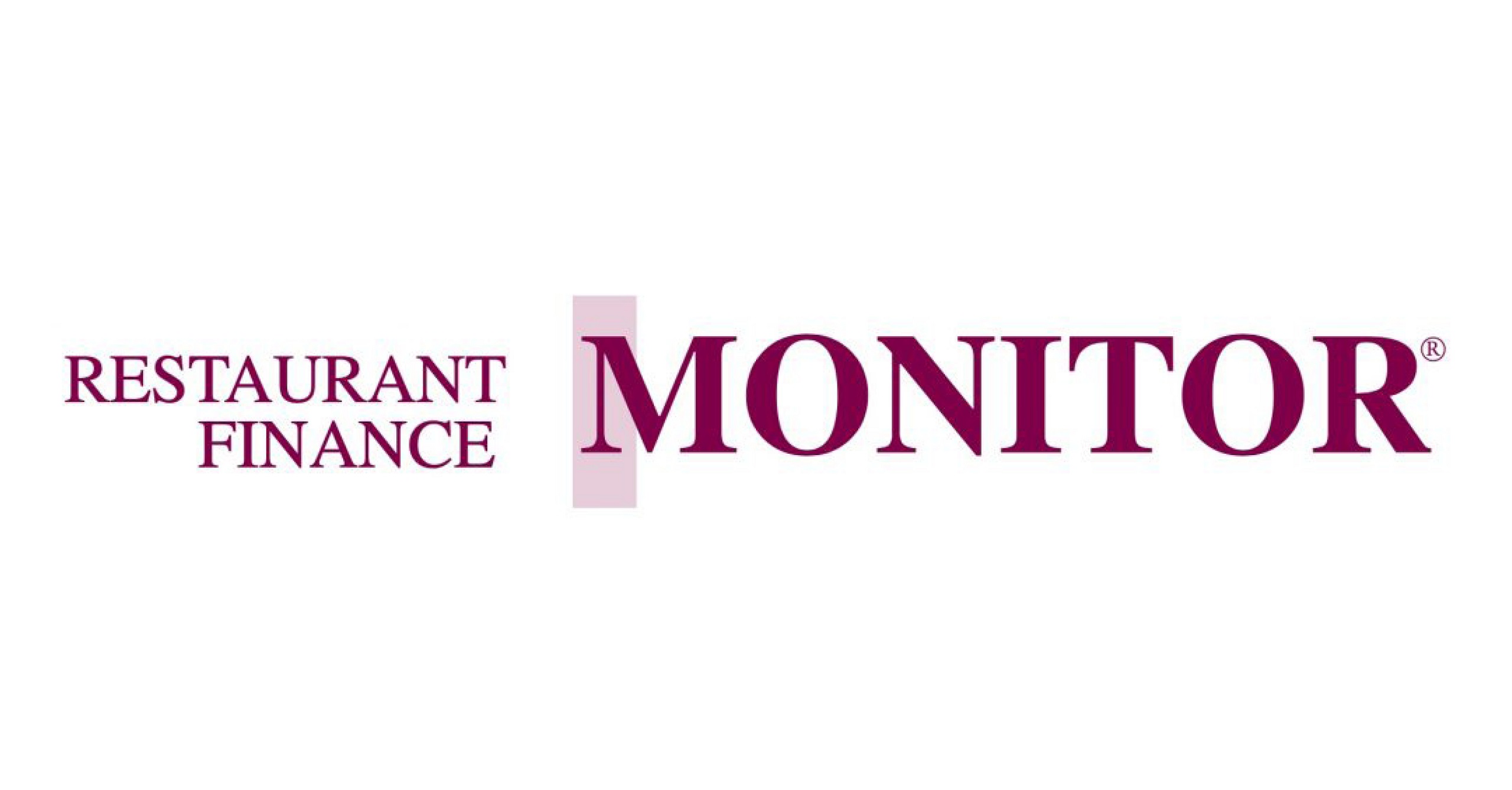Following up on last month’s article about the financial start-up process for new restaurant concepts, I’d like to take it one step further and discuss creative ways to fund your restaurant business for growth. One thing restaurants have going for them, in addition to cash flow, is their emotional appeal. People like the idea of being involved with restaurants, whether it’s expanding as a franchisee, growing a franchise or being an independent concept that has growth opportunities. All of this leads to thinking outside the box for funding your restaurant.
Here are seven ideas:
1. Crowdfunding: Crowdfunding has become a significant part of funding early stage restaurant companies. There are many approaches, from raising money for specific benefits at your restaurants to sophisticated security offerings. While you can raise modest sums with gift cards, special dinners and preferential treatment offers, the real dollars come from the sale of true investments. Recent law changes and SEC regulations have made crowdfunding easier and more accessible to the owner and investor.
Kenny Rose, a principal of FranShares, a crowdfunding platform and value-added investor, told me they have facilitated $19 million in crowdfunding. FranShares focuses on franchisees, but will expand its services to franchisors in the near future. They are up to about 500 investors solely from crowdfunding, and most are accredited investors. Recently, they have expanded to smaller unaccredited investors as allowed by the new regulations. FranShares assists with management and site selection and works closely with the franchisor so there’s alignment. This resembles a PE approach and appears primed to take over the restaurant space.
2. Government programs: Every city and state has incentive programs for newly established restaurants. Most states have a small business program that provides grants in certain areas and demographics, so check to see if you qualify. Another funding source that is common, particularly if you are involved with real estate, is tax increment financing (TIF). The official title may be different in each state, but the established authority issues bonds that are then paid back by the value increase of the additional taxes on the real estate. This process is self-funding as the taxes go up, which pays back the bond. Solar credits can be another funding source. This gives investors various credits and can be tax advantageous. If you are in the hotel industry, PACE Loans, paid back by various room charges collected by the hotel, is another way to finance hotels which have restaurants.
3. Franchisor or franchisee joint ventures: This approach enables a franchisor to grow corporate stores and the franchisee to grow its operations. Normally this kind of joint venture provides a buyout for the franchisee, which may be used to seed new territories with a good operator. Sometimes it’s an investment side-by-side approach which benefits all parties.
4. Landlords: It is one of the best creative funding sources, particularly for existing restaurant sites. These sites are in demand because restaurateurs aren’t paying for the infrastructure and can get a return as soon as they open their doors. Make sure your discussions with your landlords don’t inflate the value of an existing site. And ensure the title to all assets be held by the landlord. Also key is to negotiate your base rent first and then ask the landlord about the allowances or financing they will provide. The landlord’s cost passed on to the tenants should be equivalent to the landlord’s cost of funding, plus 2 or 3%. If you are willing to do long-term leases, landlords tend to be more accommodating. Once you have amortized the landlord’s contribution, your rent should go back to the base with percentage rent.
5. Licenses: If you have successful existing locations, another way to finance growth is to put your intellectual property in a separate entity and then license the name and other protected assets. It’s important not to fall under the franchise laws, because if you do, you have to go through all the filings and disclosures. Make it a true license agreement that provides the use of the name and intellectual property only—no management oversight or additional benefits or products. This should provide a stream of income to be used as collateral to fund growth.
6. Large companies: Another thing we’ve seen is established, larger restaurant companies serving as the PE source for small early stage companies. The reasoning behind this trend is that the large company gets the first look at an emerging concept. This right of first refusal can be valuable. In the past, Wendy’s used this approach.
7. Rollups: Recently I’ve seen independent concepts in the same category (pizza, Mexican, etc) join forces and rollup into one company. They keep their original names and branding, but share the overhead. This gives them critical mass and particularly EBITDA to attract debt funding or reasonably priced equity funding. This technique of cooperation versus competition may be out of the box, but with the right partners it can benefit everyone.
Thinking outside the box is no longer a new idea. But creative restaurateurs don’t need a new catch phrase, they need lots of different boxes to think outside of.
From the October 2023 issue of Restaurant Finance Monitor.
Author
-

Co-founder and chairman of Monroe Moxness Berg PA, Dennis is a pioneer in corporate financing with a broad network of finance contacts and clients. He assists businesses, from emerging companies to multinational firms, by providing creative ideas, identifying unique financing sources, and developing the financial tools necessary for their growth and development.
